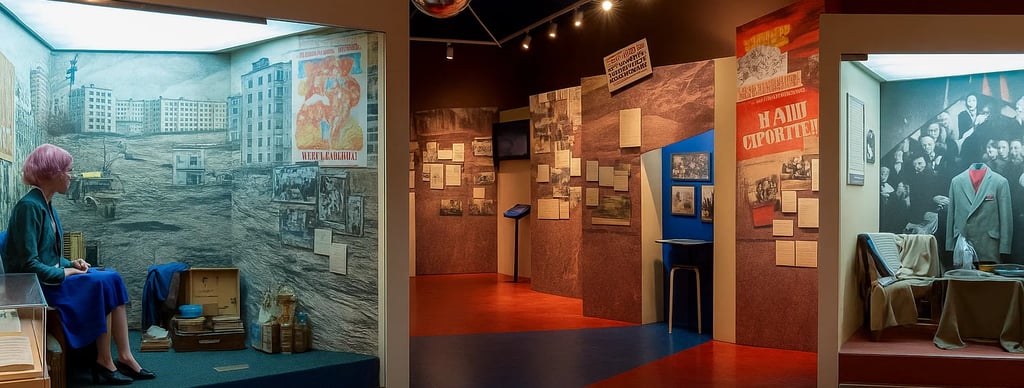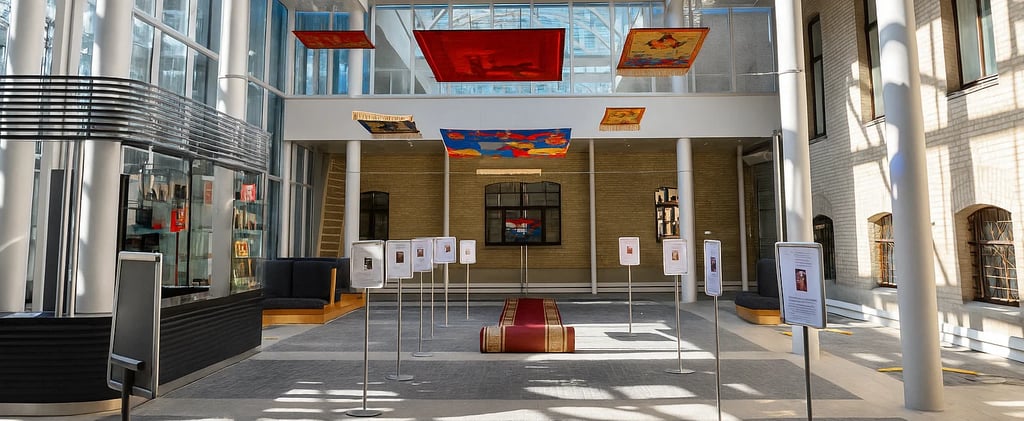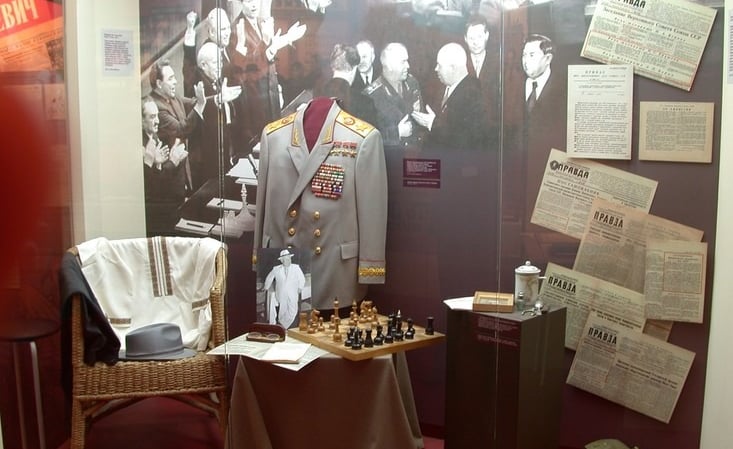State Museum of Political History of Russia: Voices from the Shifting Tide
This Saint Petersburg museum captures the turbulence of Russia’s political journey, giving voice to revolutionaries, reformers, and everyday citizens alike.


A House of Questions
In Saint Petersburg, a city of imperial grandeur and revolutionary fire, where palaces shimmer beside canals that have witnessed both triumph and terror, there stands a museum unlike any other.
Here, within walls that once echoed with the footsteps of princes and revolutionaries, visitors confront the restless tide of Russian political life — its ideals and betrayals, victories and tragedies, moments of soaring hope and dark repression.
This is the State Museum of Political History of Russia — a space where the past does not whisper softly from behind glass, but speaks directly and urgently to the present.
For in these galleries, one is reminded that politics is not an abstract force but a human drama, played out in the lives of leaders and dissidents, soldiers and poets, workers and dreamers — and that each of us, too, is shaped by its currents.
A Building with Many Lives
The museum’s setting itself tells a story of transformation. It occupies two adjoining buildings of great historical resonance:
The elegant Mansion of the Ballet Master Matilda Kshesinskaya, a mistress of Nicholas II, whose opulent home became a headquarters for the Bolsheviks during the revolutionary months of 1917.
And the neighboring Mansion of Baron Brandt, a merchant’s residence that likewise became a site of political upheaval and negotiation.
To walk these halls is to move through layers of meaning — from imperial splendor to revolutionary fervor to the sober work of historical reflection.
Revolution in the Air
The museum’s journey begins with the pre-revolutionary era, tracing the forces that would ultimately shatter the Russian Empire.
Through pamphlets, posters, photographs, and personal artifacts, visitors witness the ferment of radical thought, the labor movement, the growth of revolutionary parties, and the courageous — often doomed — efforts of reformers and dissenters.
A particularly powerful section evokes the year 1917, when these very rooms became a nerve center for Bolshevik strategy. Original documents, Lenin’s speeches, and even a preserved segment of the building’s ornate Art Nouveau interior bear witness to a moment when history tipped — when visions of a new society gripped the minds of millions.
The Soviet Century: Dreams and Shadows
From revolution, the narrative moves into the Soviet period, a century marked by both heroism and horror.
Exhibits capture the pulse of early Soviet idealism — the posters of the Five-Year Plans, the avant-garde art, the fervor of Komsomol youth building the new world.
Yet they do not shy away from the darker currents: the Great Terror, the vast machinery of propaganda, the gulag system, and the suffocating atmosphere of censorship and fear.
Personal items — a prisoner’s worn coat, a banned manuscript, a letter smuggled from a camp — speak with piercing intimacy. Through them, the museum insists that political history is not the story of leaders alone, but of the countless individuals whose lives were caught in its gears.
Dissent and Reform
A particularly moving section is dedicated to the history of dissent in the Soviet Union — a story too often erased.
Here, one finds samizdat publications, handwritten appeals, and portraits of those who, at great personal risk, stood against the tide: Andrei Sakharov, Anna Akhmatova, Aleksandr Solzhenitsyn, and countless lesser-known heroes.
The museum honors these voices not as relics, but as living reminders that conscience endures, even under the heaviest of repression.
Practical Information
Location
State Museum of Political History of Russia
Ulitsa Kuibysheva, 2–4
Saint Petersburg, Russia
The museum is centrally located on Petrogradsky Island, near the Petrogradskaya metro station, and within walking distance of the Peter and Paul Fortress.
Opening Hours
Daily: 10:00 – 18:00
Wednesday: 10:00 – 20:00
Closed on Thursdays and certain public holidays.
Admission
General admission: moderate fee.
Discounts for students, children, pensioners, and families.
Free admission days offered regularly.
Combined tickets available for permanent and temporary exhibitions.
Getting There
Metro: Petrogradskaya station (Green Line) is the closest.
Public transport: Numerous bus and trolleybus routes serve the area.
By foot: The museum is easily reached from central Petrogradsky Island attractions.
Facilities and Services
Permanent and temporary exhibition halls.
Audio guides available in Russian, English, German, and French.
Guided tours in Russian; English-speaking tours can be arranged with advance notice.
Museum shop with books, political memorabilia, and educational materials.
Café with light refreshments.
Accessibility: The museum is wheelchair accessible; lifts and ramps are provided.
Lecture halls and public spaces for events and discussions.
Events and Programs
Regular public lectures, debates, and film screenings.
Educational workshops for school groups, university students, and adults.
Collaborations with international museums and human rights organizations.
Thematic exhibitions on contemporary political issues.
Annual events commemorating key dates in Russian political history.
Official Website
https://polithistory.ru
Site offers comprehensive information in Russian and a well-developed English section for international visitors.


The Road to Today
The story then turns to the post-Soviet era, a period of turbulence and transformation that continues to shape the Russia of today.
Exhibits chronicle the collapse of the USSR, the chaotic birth of the new Russian Federation, the struggles for democracy and free press, the rise of oligarchs, and the resurgence of state power.
Visitors see newspapers from the days of the 1991 coup, fragments of the Berlin Wall, footage of early parliamentary debates, and the hopeful yet fragile flowering of civil society in the 1990s.
Yet the museum also acknowledges the contradictions and challenges of the 21st century — the tensions between reform and authoritarianism, global integration and nationalist revival, individual rights and state interests.
It is a space not of easy answers but of provocative questions — inviting visitors to reflect on where Russia has come from, and where it may yet go.
A Space of Dialogue
What sets the State Museum of Political History of Russia apart is its willingness to confront complexity.
This is not a shrine to any single ideology, nor a simple tale of progress. Rather, it is a space where multiple narratives coexist, where the visitor is encouraged to think critically about power, freedom, justice, and responsibility.
Temporary exhibitions often tackle contemporary issues — from press freedom to migration, from the role of women in politics to the memory of Stalinism — ensuring that the museum remains engaged with the present as well as the past.
Public lectures, debates, and workshops further this mission, making the museum a true forum of civic reflection.
The Visitor’s Experience
To walk through the museum is to be drawn into the drama of Russian political life, in all its grandeur and tragedy.
One moves from the hushed elegance of Kshesinskaya’s drawing room, where the revolution began, to stark exhibits on gulag repression, to the multimedia whirlwind of post-Soviet change.
The design is immersive but never overwhelming. Space is given for quiet reflection, for absorbing not just facts but the human weight of the stories told here.
Many visitors leave with a deeper sense not only of Russian history, but of the universal dilemmas of political life — how ideals can inspire and betray, how power can corrupt and liberate, how memory itself is contested ground.




